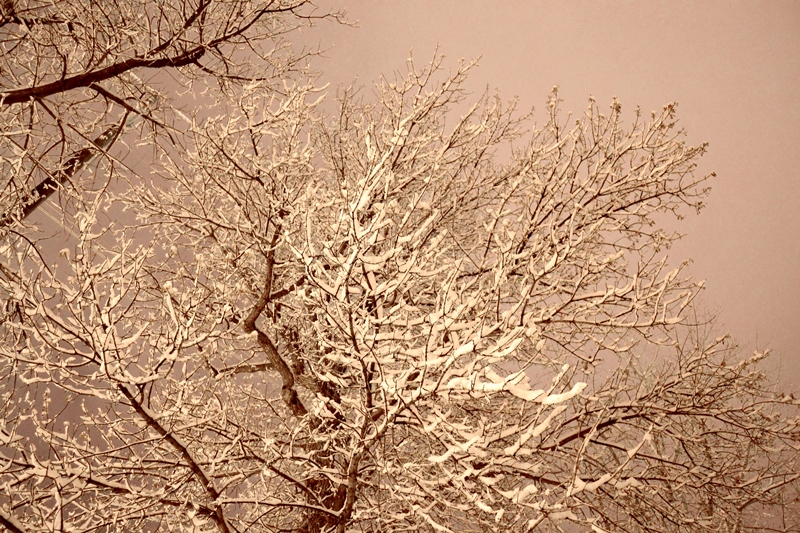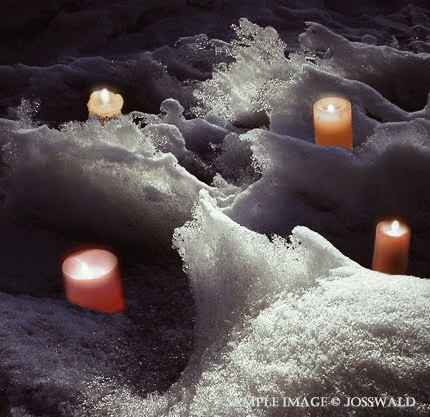The Magic of Fertility at Ostara
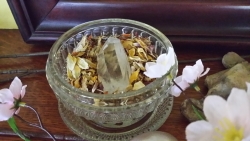
Fertility
noun fer·til·i·ty (ˌ)fər-ˈti-lə-tē\
: the ability to produce young
: the ability to support the growth of many plants
: the ability to produce many ideas
Merriam-webster online dictionary
Eggs! Rabbits! Hens, oh My! Ostara is dripping in fertility symbolism. Everywhere one looks they see the signs of life stirring into being. Spring is a magical time of year and after the lengthy fallow period of winter, it is a welcome and joyous sight. As the drab and gray earth is slowly replaced by creeping green grass and slick, bare branches break out into buds, so to do our hearts quicken with excitement as the year tilts fully towards its fruitful tide.
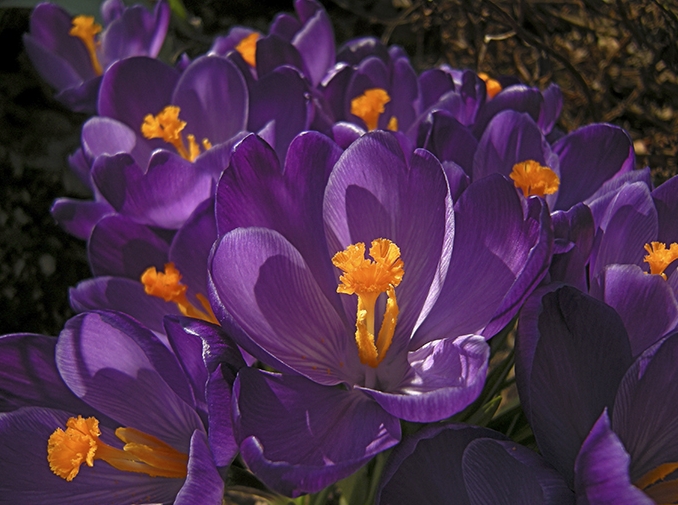
At Imbolc, we claimed our seed wishes and named them. With the turning of the wheel at Ostara we now take tangible action and plant our wishes into fertile ground. Through this season we will begin tending our visions and nurturing their becoming as they grow into this dimension just as seeds sprouting and growing into plants do. Our Grandmothers knew the value of harnessing this tide and channeling its life-giving, fertile energy into their lives. In springtime, we show honor to generations past and future by showering blessings over everything we wish to grow in the coming year.
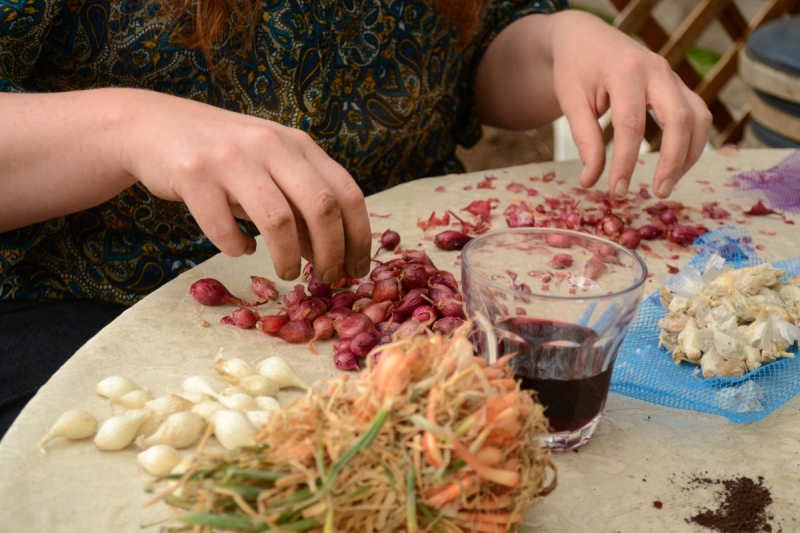
Fertility Magic has many applications both literally and figuratively. Whether seeking to become pregnant, or simply to fertilize the seed of a dream, fertility magic is a potent force to usher wishes into reality. When crafting medicine of any nature, I teach that one must return always to the basic primal elements which govern the plant, animal or mineral to begin selecting the proper allies. Earth and Water are the feminine elements and the most fertile. Additional clues can be found in the planetary rulers of said plant, animal or mineral medicine. The Moon and Venus lend themselves nicely to fertility, for example. Ultimately, the strongest and most effective choices will always be dependent on the recipient’s own unique constitution. Select herbs that harmonize both with your intention and your individual make up, for example.
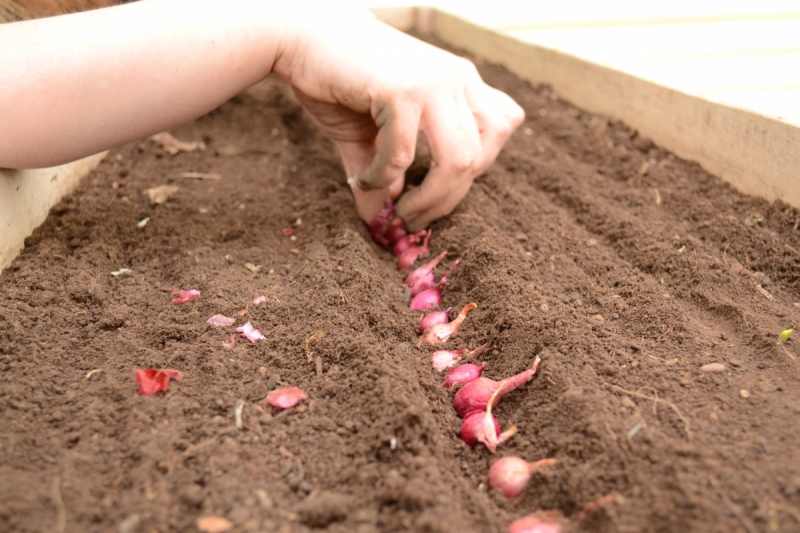
The Sun’s transit into Aries on the spring equinox adds a bolt of fiery, cardinal energy after a month in watery Pisces. This is the magic and heat that make seeds sprout in the garden and in life. It is the astronomical new year and when you are dialed in this time of year really does feel like a heady rush!
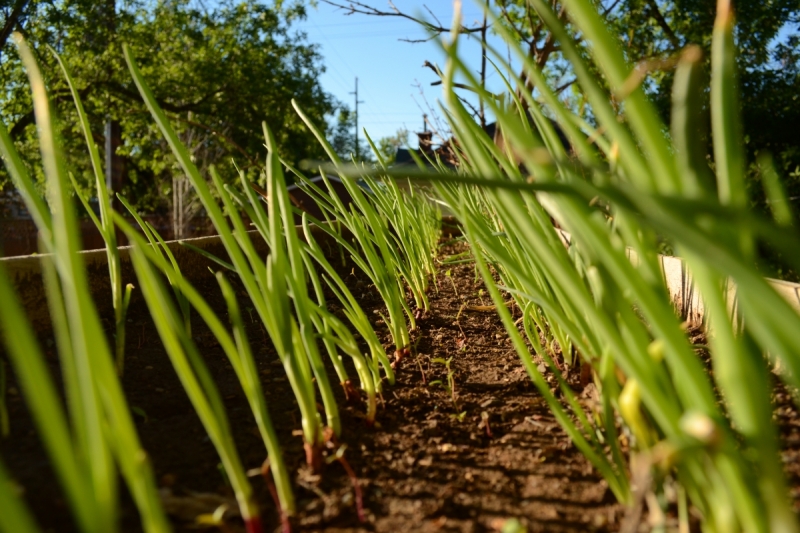
It is only natural that Garden Magick factors heavily into Ostara rituals. This is the perfect time of year to appeal to the spirits of the land for a fruitful harvest and to bless your garden seeds. It’s a wise idea to get in good standing with the spirits of the land wherever you live. Regular ceremonial offerings are a wonderful way to establish a pleasant rapport. I have a blend of cornmeal and protective herbs at the ready for perimeter dustings, as well as for offerings to the stone altars I keep to the elements at the four corners of my property. For the garden, itself, all this and a little more should be offered at Ostara. Make a grand show of milk and honey poured on consecrated ground. The more profound my gratitude at Ostara, the more prolific my garden is by Lammas and the more bountiful my harvest by Lughnasadh.
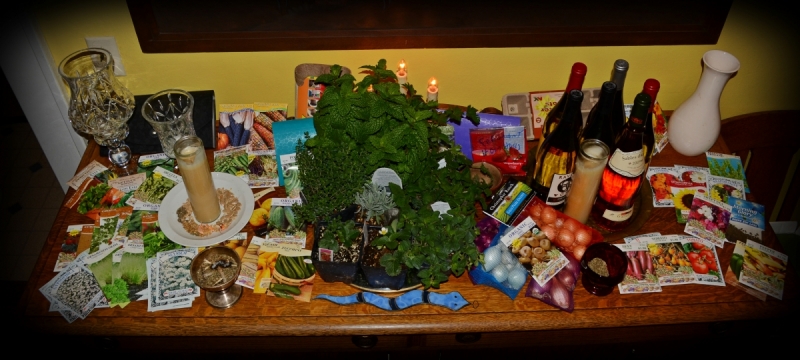
Observing Ostara couldn’t come more naturally than by living a natural lifestyle, itself. If you plant a garden, you are honoring the vernal equinox. If you dye eggs for mythical Hares to hide away then you are honoring the Germanic Goddess, Ēostre or Ostara. Magic is simply focused intention. Say a prayer over your seeds as you plant them, not only for their successful growth but for the successful growth, health, fruitfulness, etc. of any endeavor you wish to bless. Poof! That’s magic. Paint an egg with intention and to serve as a focal point, or charm, for your holy desires. If you do it right, a reverent hush will fall over you every time it catches your eye and your heart will radiate with gratitude for the blessings you are preparing to receive.
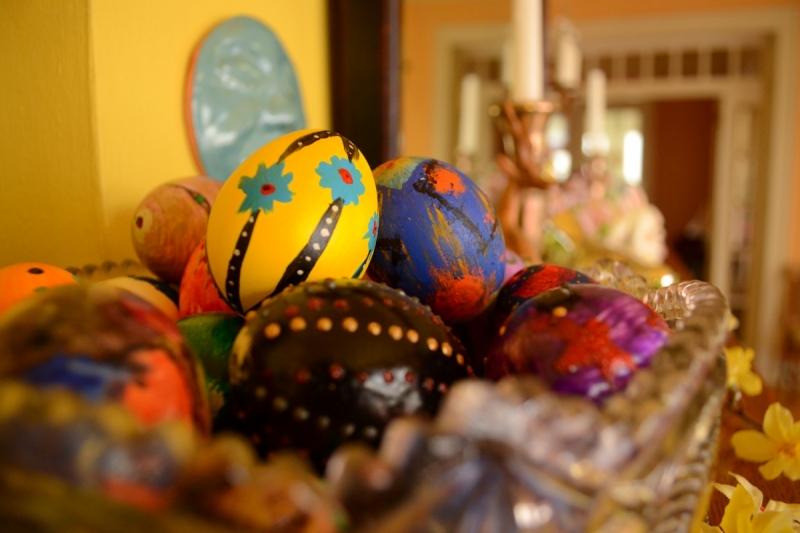
This year I’m planning on starting the day with Krashanky, which are eggs dyed red to symbolize the fiery sun. The shells are taken as offerings to the river and when cast on the water they herald the return of the spring. I’m preparing a special egg dish with them that I can’t wait to tell you about. Later in the week, the Solar circle will gather to share how developments are progressing with our seed wishes from Imbolc and to energetically boost everyone’s progress with the fertile energy of Ostara. We will bless one another’s garden seeds and share good wishes for a bountiful harvest. Finally, we’ll enjoy some Pysanky, or painting egg amulets with magical intention. I’m really looking forward to hearing about everyone’s progress and just getting together for some light-hearted fun!
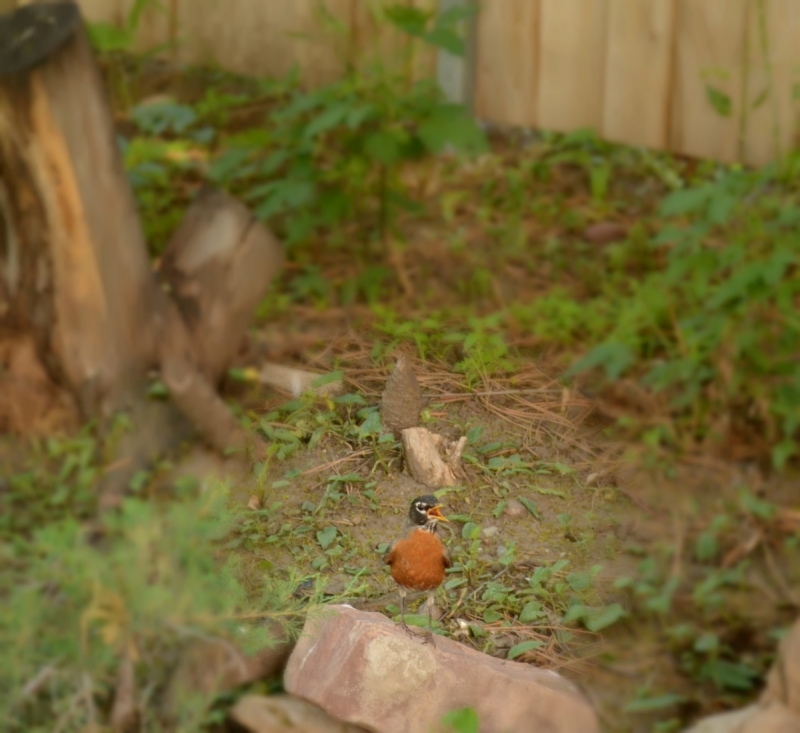
Give yourself the gift of believing in the potential of your heart’s desire with child-like innocence and wonder as another year literally springs into being! Expand into the Freedom of new life!
Want to know more about Garden Magick?
I have an entire course devoted to the subject! Does planting, tending, and harvesting by the signs sound appealing to you? Would you like to know more about forging a connection with the spirits of the land where you grow? Click on the photo below to learn more. Take advantage of the low-cost self-study option today. I’m restructuring the program and you’ll want to be grandfathered into the membership site at this awesome rate!
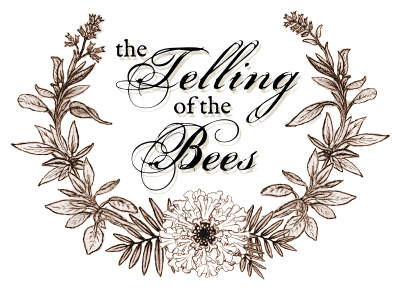
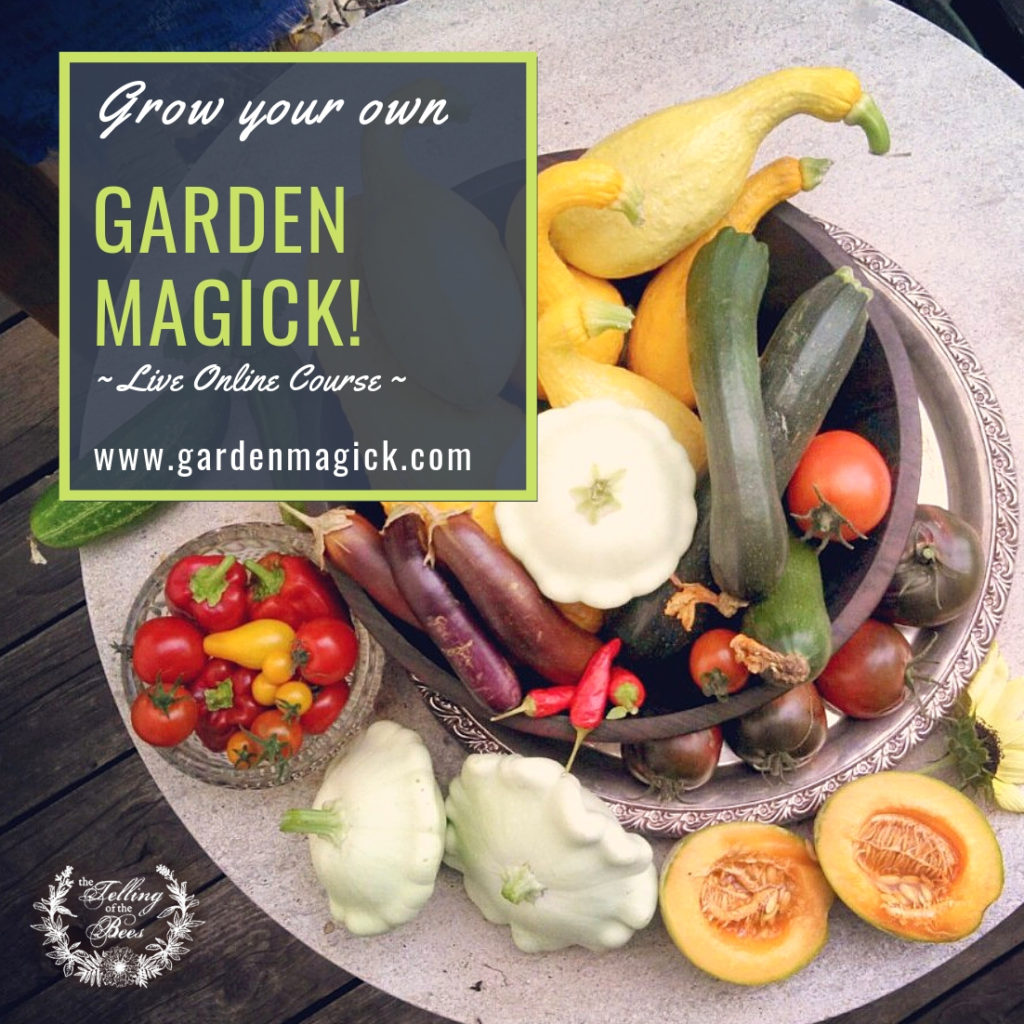







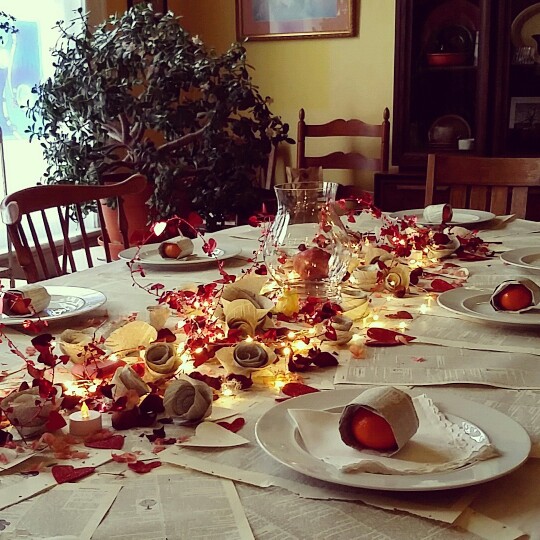
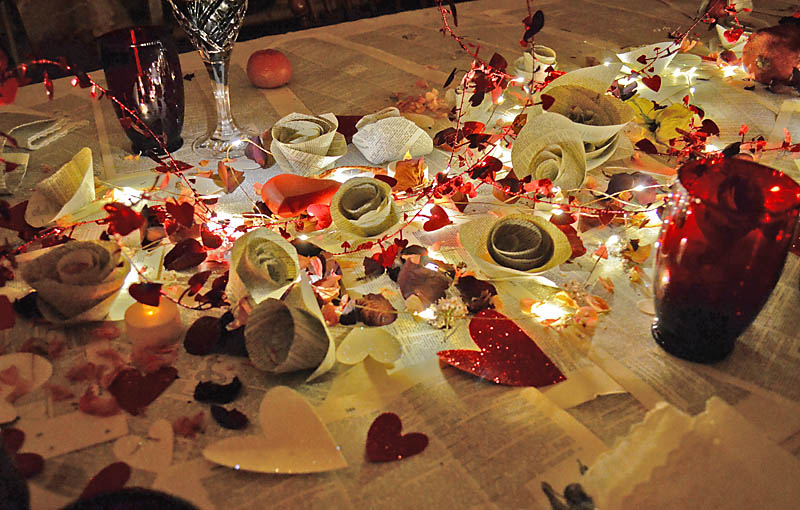
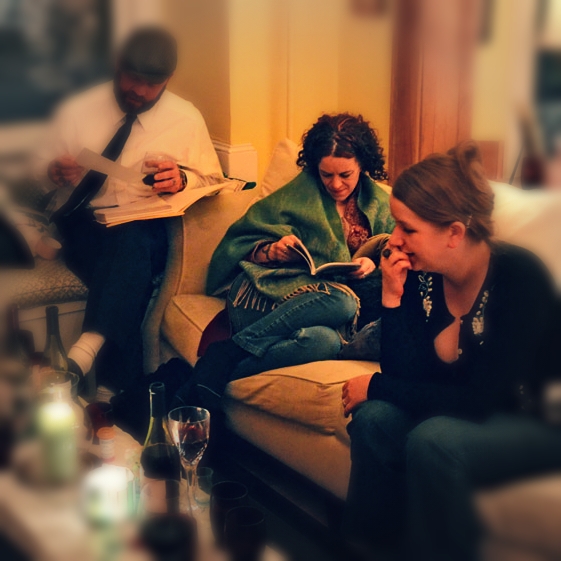
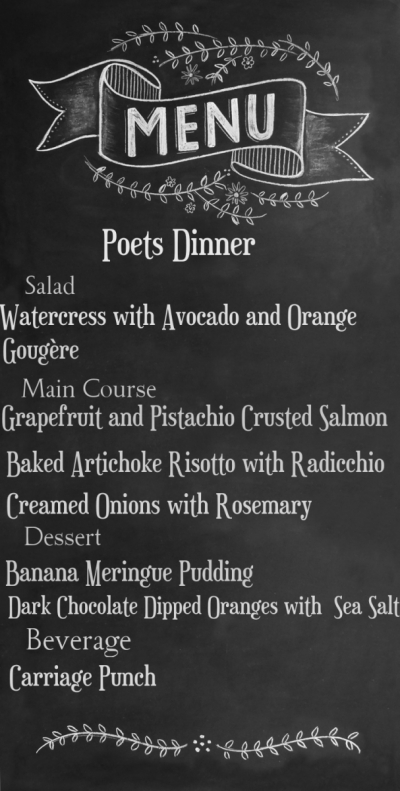
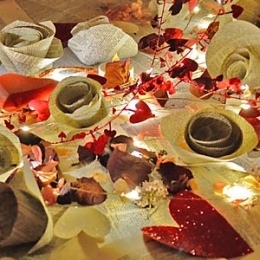
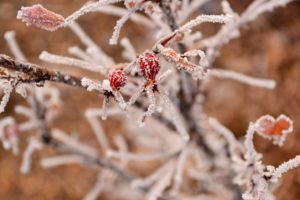 Every midwinter I eagerly await the cross-quarter Celtic holiday, Imbolc. So sweetly do I cherish its treasured Goddess, Brighid for her promise of springtime and the miracle of her restorative power. She is the magic of white space after the swell of Yuletide has receded. Her presence is announced by the flutter of inspiration in our bellies as we set forth our intentions for the coming year. We sit at her feet while perusing seed catalogs, visioning the future gardens of our souls, as much as any other kind of gardens we can dream of at this time of year.
Every midwinter I eagerly await the cross-quarter Celtic holiday, Imbolc. So sweetly do I cherish its treasured Goddess, Brighid for her promise of springtime and the miracle of her restorative power. She is the magic of white space after the swell of Yuletide has receded. Her presence is announced by the flutter of inspiration in our bellies as we set forth our intentions for the coming year. We sit at her feet while perusing seed catalogs, visioning the future gardens of our souls, as much as any other kind of gardens we can dream of at this time of year.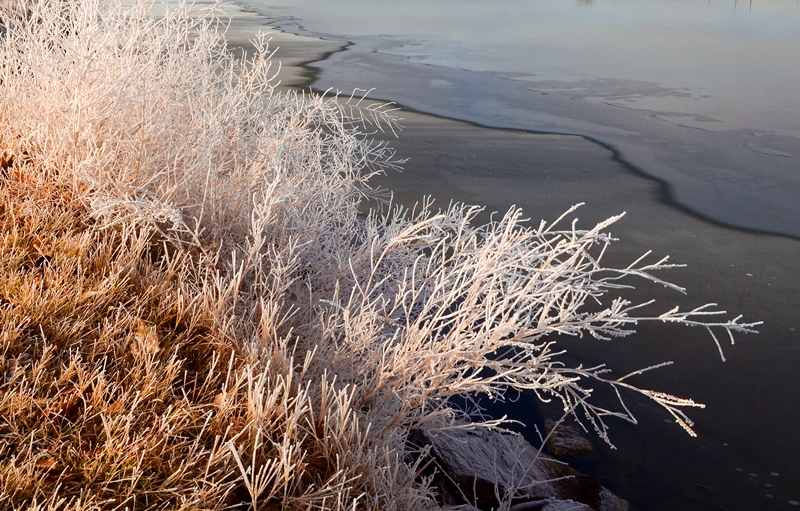

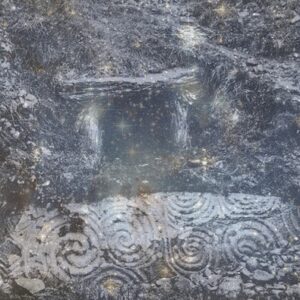 Right now I am deep in journey and vision work. Horse is my guide in the dream space and the journey time. Situated securely on the back of an incredible stallion I was treated to the most beautiful countryside as we made our way up the Tor to Brighid’s well in my journey last night. A message delivered by my guide said, “Listen closely to the voice within. Are you prepared to meet the Goddess?” Atop the mound, I was told to disembark and walk the rest of the way. There were other devotees there and together we walked silently toward the well. We gathered together before her. SHE stood beside her well. Her voice called out demanding to know, “What will you heal? What will you build? How will you inspire?” When we could answer her we were given a drink of the sacred crystalline waters of Brighid’s well. The medicine a unique blend bespoke by the Goddess herself for each one of us. A voice echoes and I hear, “I vow to take the medicine I am given.”
Right now I am deep in journey and vision work. Horse is my guide in the dream space and the journey time. Situated securely on the back of an incredible stallion I was treated to the most beautiful countryside as we made our way up the Tor to Brighid’s well in my journey last night. A message delivered by my guide said, “Listen closely to the voice within. Are you prepared to meet the Goddess?” Atop the mound, I was told to disembark and walk the rest of the way. There were other devotees there and together we walked silently toward the well. We gathered together before her. SHE stood beside her well. Her voice called out demanding to know, “What will you heal? What will you build? How will you inspire?” When we could answer her we were given a drink of the sacred crystalline waters of Brighid’s well. The medicine a unique blend bespoke by the Goddess herself for each one of us. A voice echoes and I hear, “I vow to take the medicine I am given.”